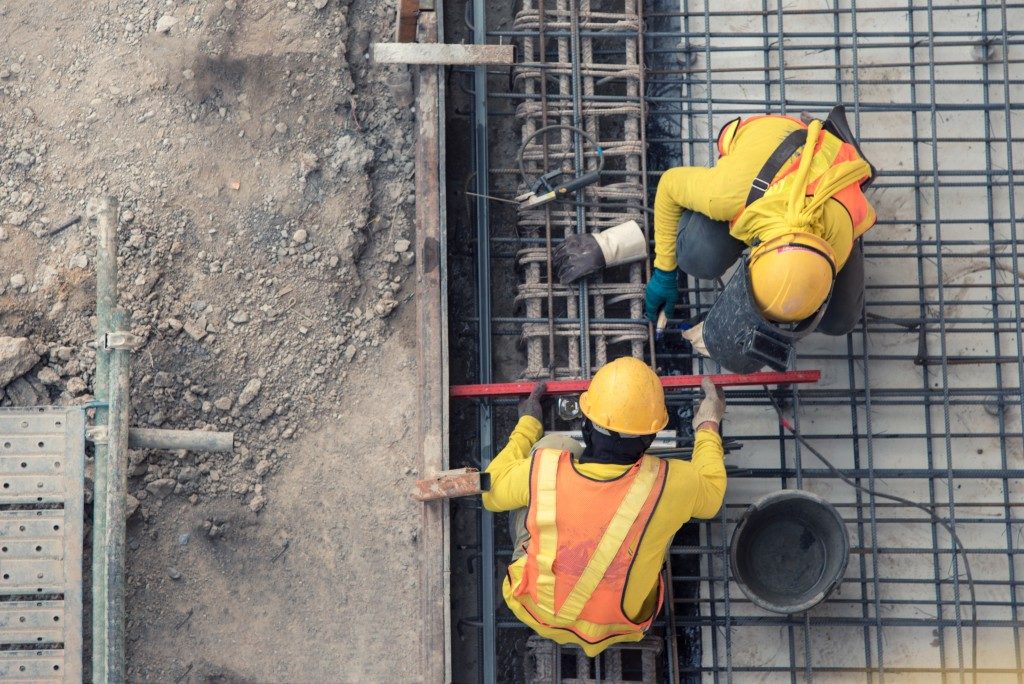Do you know that noise pollution can harm or kill people? In the book Environmental Impacts of Road Vehicles: Past, Present, and Future, researchers John Gulliver, Anna Hansell, and Samuel Cai found small but significant associations between noise pollution from road traffic and the risks of cardiovascular diseases and events. The relationship remained even if they accounted for other factors such as air pollution. Another research, this time in Environmental Health Perspectives, showed that long-term exposure to traffic-related noise can potentially increase the risk of diabetes.
Overall, thousands die because of noise. Furthermore, according to the European Environmental Agency, it may be responsible for over 900,000 cases of hypertension and 43,000 hospital admissions each year in the continent. Do not forget the number of people that can suffer from permanent hearing damage and sleep deprivation.
Where Do Builders Fit In?

There’s no one-size-fits-all solution when it comes to controlling noise pollution. Everyone needs to pitch in, however, and as a builder, your job is to limit the level of noise that enters through the home. One of the options is installing drywall with plasterboard tools or equipment. It’s not unusual for people to pit drywall with plaster since the two are similar, especially when it comes to their function, which is to serve as wall coverings.
To be fair, there are many benefits to choosing to plaster the walls. For one, it is a tried-and-tested method, having been around since ancient times. It can be much thicker, which means it works as an effective sound barrier whether the noise comes from the outside or across the rooms. It also guarantees a higher level of privacy. The material has a much higher moisture content, which can help resist fire.
Drywall, however, wins in many areas. First, it is much cheaper to build. Plastering takes a long time to do, and that can increase labor costs. As a business, you might have no other choice but to pass on the costs to your clients, and it can make your service more expensive than the others.
Second, it is easier to install, so turnaround time is faster. It can make your clients happy, especially if they are remodeling their property. Drywall can be just as effective in regulating noise, and it provides better thermal insulation. It is necessary for places like the UK where winters can be extra chilly. Drywalls can crack, but so can plaster walls if the installation process isn’t correct. When it comes to the ease of repair, using drywall can work to your advantage.
In the end, you have to remember that only the client can decide whether they want to have plaster or drywall to help limit their noise exposure. But it is your duty to make sure they make the right one by helping them weigh the pros and cons. If they want quick, affordable, and thermal-efficient option, on top of being a noise regulator, offer them drywall instead. If you need more pointers, you can look for other sources online.


